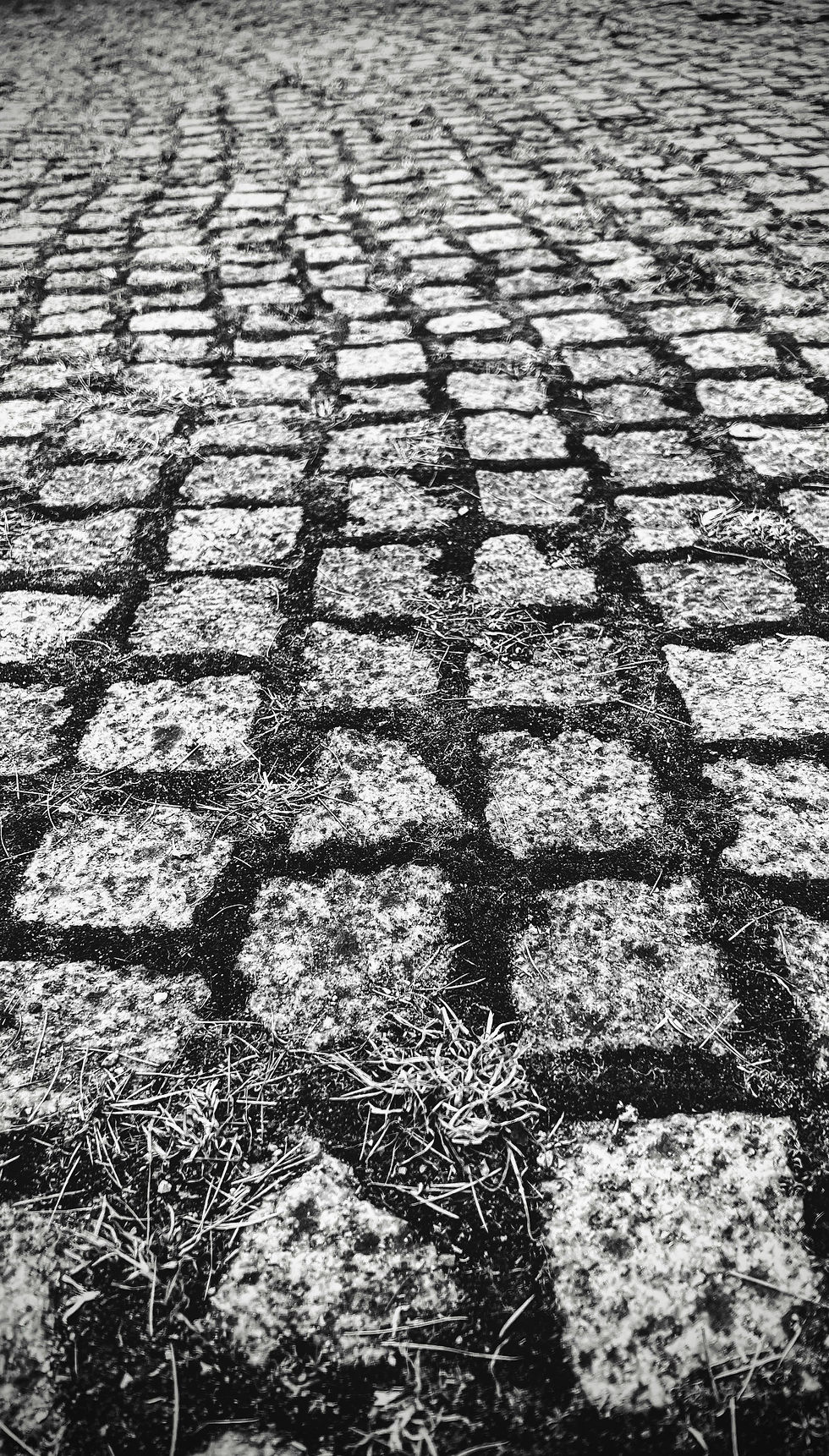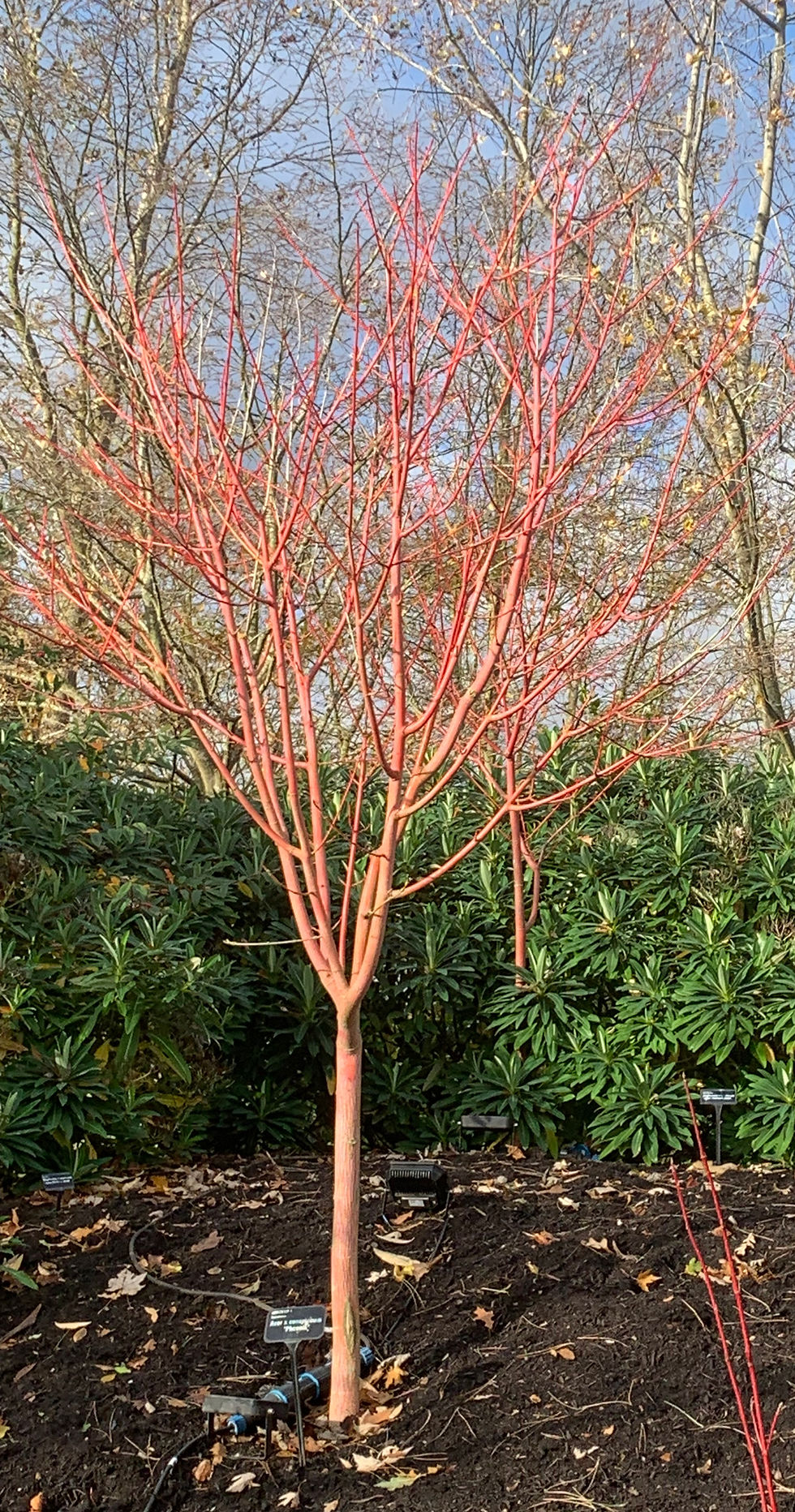Using Hard Landscaping in Your Garden Design:
- Zoe Cook
- Mar 6
- 7 min read
Patios, Pathways, and Paving - A look at how to incorporate different hard landscaping elements to define spaces and add structure to your garden.

Using Hard Landscaping in Your Garden Design: Patios, Pathways, and Paving
While winter may not be the season for planting or tending to flowers, it is the perfect time to take stock of your garden's structure and consider any changes that can be made to improve its overall design. Hard landscaping—such as patios, pathways, and paving—forms the backbone of your garden and plays a crucial role in defining spaces, adding structure, and making your garden functional all year round.
As an East London garden designer at Trellis Design, I know about importance of hard landscaping- it’s the starting point for any garden design- long before all the lovely frilly bits that come later and essential to get right! When the greenery fades during the colder months, it’s the perfect time to step back, evaluate the garden's ‘bones’, and think about how well these hard features are working. Are your pathways practical? Is your patio in the right place? Do you have clear divisions between different areas?
In this post, we’ll explore how to use hard landscaping to enhance your garden's design, looking at key elements like patios, pathways, and paving. Whether you're planning a new garden or considering updates to an existing one, these features will ensure your outdoor space has structure, functionality, and beauty throughout the year.
1. The Role of Hard Landscaping in Garden Design
Before diving into specifics, it's important to understand why hard landscaping is so essential. In garden design, hard landscaping refers to any non-living elements—patios, pathways, walls, decking, or water features—that add structure and define spaces. These elements provide the framework for your garden, creating areas for seating, walking, and planting, and ensuring that the space flows well.
During the winter months, when the plants in your garden are dormant or sparse, hard landscaping takes centre stage. Without the distraction of lush greenery, it's easier to see how well the layout works. This is why winter is often an ideal time to assess your garden’s design and consider whether it needs improvements or new features to enhance its year-round functionality and appeal.
At Trellis Design, I work with clients to create gardens that not only look beautiful in spring and summer but also have strong bones that provide interest and structure throughout the colder months. Let’s explore how you can incorporate hard landscaping into your garden.
2. Patios: A Versatile Space for Relaxing and Entertaining
A well-designed patio is a cornerstone of modern garden design. It offers a practical, versatile space that can be used for dining, entertaining, or simply relaxing with a cup of tea. Patios also serve as a transition between indoor and outdoor living, creating an inviting area where you can spend time outdoors even during the cooler months.
Choosing the Right Materials When designing a patio, the choice of materials is crucial. Natural stone, such as sandstone or limestone, is a popular choice for a timeless, elegant look that blends seamlessly with the surrounding garden. For a more contemporary feel, porcelain paving or concrete can provide a sleek, modern finish. Each material has its own benefits in terms of durability, appearance, and maintenance, so it’s important to select one that suits both your garden style and your lifestyle.
At Trellis Design, I help clients choose patio materials that sit with the architecture of their property and complement the overall aesthetic of their garden, while also considering practical factors like slip resistance and weather durability—particularly important for gardens in East London, where wet and frosty conditions can be common in winter.
Designing for Functionality and Flow When it comes to designing your patio, think about how the space will be used. Will it be primarily for outdoor dining, or do you want a cosy spot for morning coffee? The size and layout of the patio should reflect these activities. You may also want to consider adding features like built-in seating, outdoor lighting, or a fire pit to extend its use into the evening or cooler months.
It’s important that the patio flows well with the rest of the garden. Placing it in a location that receives good sunlight at the time of day you will use it most, and ensuring that it is easily accessible from the house, can make a big difference in how enjoyable the space is. At Trellis Design garden design, I carefully consider these factors to create patios that are not only functional but also enhance the overall flow of the garden.
3. Pathways: Creating Connection and Movement
Pathways are another essential element of hard landscaping that can significantly impact how you experience your garden. A well-placed pathway can guide movement through the garden, connect different areas, and even create a sense of journey or discovery.
Types of Pathways There are several types of pathways to consider, depending on your garden design ideas and personal style. A formal garden might benefit from a straight, symmetrical path made from traditional materials like brick or cobblestone, while a more relaxed, naturalistic garden could incorporate meandering gravel paths that follow the contours of the landscape.
Gravel is a popular choice for pathways, offering a rustic, informal look that suits many different garden styles. It’s easy to lay, relatively low cost, and permeable, allowing water to drain through. For a more permanent and solid option, paving slabs or natural stone can create a more structured and polished finish. In gardens designed with wildlife in mind, porous materials like gravel or permeable paving are ideal, as they allow rainwater to soak into the ground, supporting natural water drainage and promoting biodiversity.
Pathway Placement When planning pathways, consider the most practical routes through the garden. Paths should connect key areas—such as the patio, the shed, or the greenhouse—while also creating a sense of flow and guiding visitors through the space. Avoid placing paths that simply run along the edge of the garden, as this can feel disconnected from the rest of the space.
In my garden design services at Trellis Design, I try to design paths that encourage movement through different ‘rooms’ in the garden, creating areas of interest and leading people towards focal points like seating areas or feature plants. A well-designed pathway should not only be functional but also contribute to the overall design by framing views or highlighting key elements of the garden.
4. Paving: Defining Areas and Adding Texture
Paving plays a key role in garden design, not only in patios and pathways but also in defining other areas of the garden. From utility areas and seating zones to decorative focal points, paving adds both function and aesthetic appeal to your outdoor space.
Mixing Materials for Visual Interest One of the most effective ways to use paving in garden design is by mixing different materials and textures. This can help to define areas and add visual interest. For example, you could use smooth sawn sandstone paving for the main patio area, contrasting it with rustic brick or cobblestone edging to give the space more character. Or, combine larger slabs with smaller decorative gravel sections to break up the expanse of hard surface and create a more dynamic layout. Avoid using too many mixed materials however, as the overall effect could be quite busy and overwhelming.
Incorporating paving that contrasts in colour and texture is a great way to add depth and interest to your garden’s design, even when the plants are dormant. At Trellis Design, I often suggest mixing materials to create unique designs that stand out and add year-round appeal.
Creating Levels and Zoning with Paving Paving can also be used to create different levels in your garden, which is especially useful for sloping gardens or those with awkward gradients. Using steps and retaining walls made from paving materials, you can turn a challenging site into a stunning multi-level garden with distinct areas for dining, play, or relaxation.
Zoning is a common garden design idea that helps to create different ‘rooms’ in the garden, each with its own function. For example, you might use paving to create a defined seating area near the house, with a separate path leading to a more secluded area at the end of the garden where you can enjoy some quiet time. These zones can be linked with pathways or separated by planting, creating a more interesting and layered garden design.
5. Taking Stock in Winter: Assessing the Bones of Your Garden
Winter is the perfect time to assess your garden’s hard landscaping. Without the distraction of abundant foliage, you can clearly see the layout and structure of your outdoor space. Are the paths in the right places? Does the patio get enough sunlight, or could it be repositioned? Are there any areas that feel too open or lacking in definition?
At Trellis Design garden design, I recommend using this quieter time of year to take stock of the ‘bones’ of your garden. Walk around and think about how well the hard landscaping features are working. If your garden feels disjointed, or if you find yourself avoiding certain areas because they’re too exposed or impractical, winter is the time to make a plan for improvements.
6. Enhancing Hard Landscaping with Planting
While hard landscaping provides structure, planting plays a vital role in softening the edges and adding life to these features. In garden design for wildlife, for example, hard landscaping elements like walls or pergolas can be enhanced with climbers such as Clematis or Lonicera, which attract pollinators and provide shelter for insects and birds.
When planning your garden’s hard landscaping, always consider how planting will interact with these features. At Trellis Design, I believe that hard and soft landscaping should work together harmoniously, creating a balanced garden that is both functional and beautiful year-round.
Conclusion: The Importance of Hard Landscaping in Garden Design
Hard landscaping is the foundation of any successful garden design. From patios and pathways to paving and walls, these elements define spaces, add structure, and ensure your garden remains functional and visually appealing throughout the year. Whether you're planning a new garden or reassessing an existing one, winter is the perfect time to take stock of your garden's bones and think about how hard landscaping can enhance your outdoor space.
If you're looking for expert advice on hard landscaping, patios, pathways, or any other aspect of garden design, don’t hesitate to reach out and get in touch. As an East London garden designer, I offer garden design services tailored to your needs, ensuring that your garden is both beautiful and functional throughout the seasons. Let’s work together to bring your vision to life!
Photo by Mahsha Ziapour on Unsplash




Comments